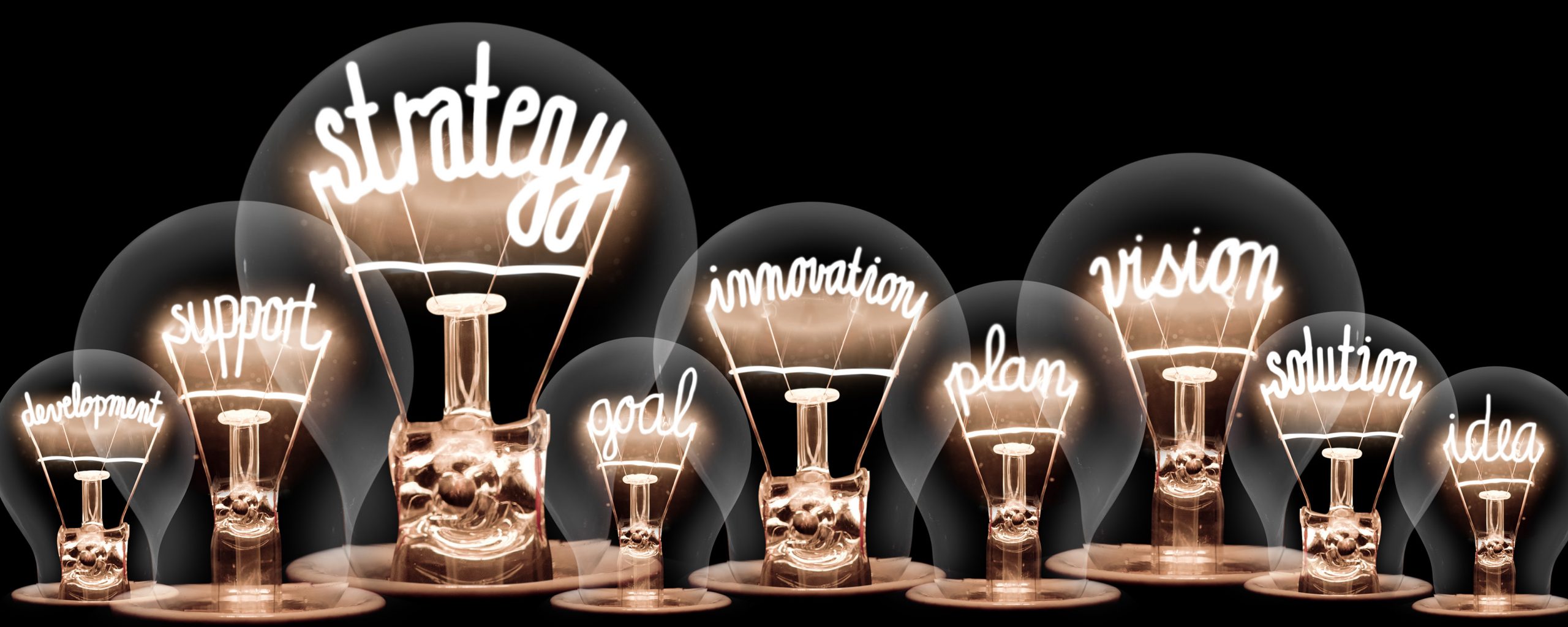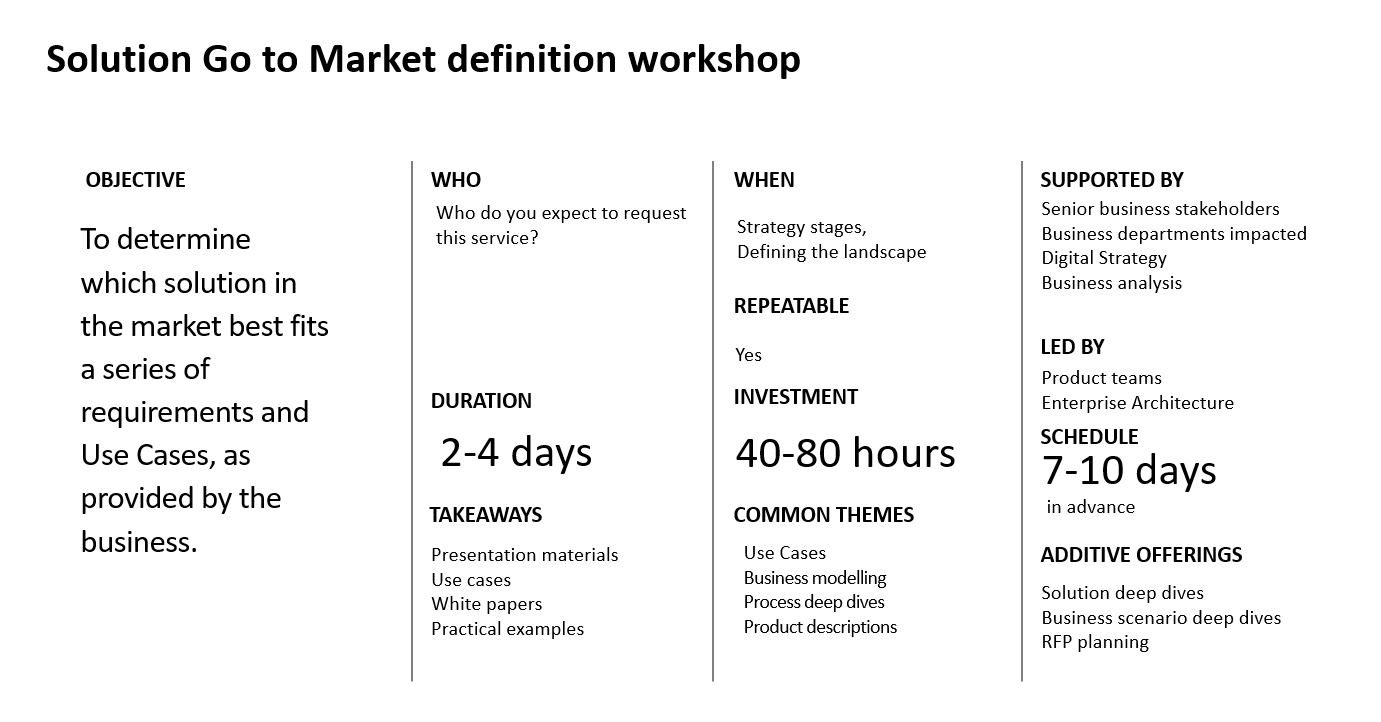I finished
my last article by raising the question of how you could drive a standard set
of service offerings across a team (see this article for reference!). In this article I’m going to discuss an
initiative I’ve seen work time and again, defining a team’s services. A service
offering deck brings alignment and understanding within a team, but also
creates a great way to showcase to other teams what you deliver to the organization,
what value the team brings.
What is a
service offering deck?
Let’s start
simply, what is a Service Offering deck? It’s a simple deck, that describes
what services your team provides. Think about the team you are in now, the
activities you all perform are aimed at delivering specific outcomes. You
operate within certain tolerances and have a remit to perform specific
activities. That’s what makes you a team of business analysts, finance
controllers or HR representatives.
A service
offering deck is a simple deck that articulates those activities in a way that people
within the team, and outside of the team can understand. It’s a value statement
on why you exist, and what value you can provide to the wider organization.
What are
the real-world benefits of having this in a team?
At this
point you might be thinking, isn’t that obvious to the people in a team, what
they are all doing there? But you’d be amazed how often this isn’t the case. When
I pose the question ‘What does this team do’ during product positioning or business
discovery conversations, I’m often met with confusion or misalignment across
the team.
At that
point its pretty obvious that this kind of asset doesn’t exist within the team.
Which also means that the journey to define it has not taken place. The
conversation and collaboration about what the team does, what their shared
processes are, and what the expected outcomes are, all hasn’t happened. Its
this factor that often results in a team that is pointing in many directions, with individuals experiencing confusion about how and what they do.
Without
having lived through that process, how can you possible expect your team to be
aligned to the same vision? Consider as well that you might be adding new members
to an existing team, likely remotely now due to recent events, and you’ve just
significantly increased the complexity of successfully onboarding them. The success of onboarding
new colleagues into a team becomes a lottery, solely based on who you happen to
pair them up with, so their experience is based entirely on one individuals point of view.
Who are the Audiences?
Internal
The
internal audience is the team the service offerings belong to. The owners and deliverers of
the services. Key benefits of having and using this deck to the team who actual perform the services are:
External
By external, I mean other teams and stakeholders, so parts of the organization that may call on the team to perform services in collaboration with, or for them.
What does
good look like?
There are a
few factors that make your service offering deck a ‘good’ one.
Lastly, let’s
look at an example
Below is an example of a service offering slide. When working with customers, I’ve defined templates for this sort of activity. They typically include aspects such as:
Here’s an
example template, click to download it.

